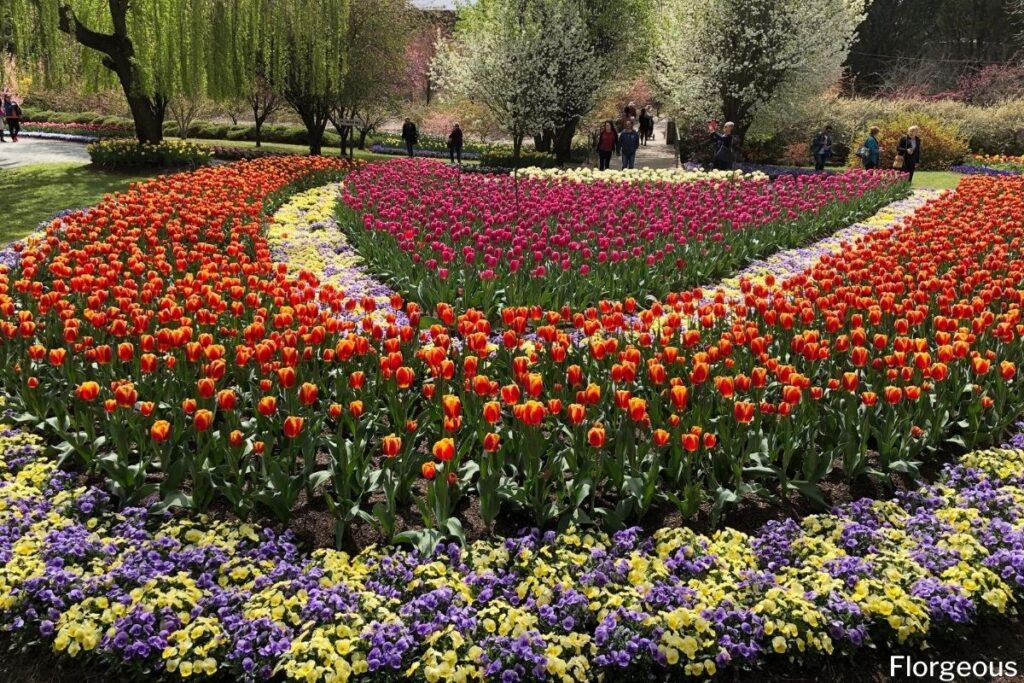If you’re starting your first ever flower garden this year, you might be wondering, “what is the difference between annuals and perennials?” The two share many similarities, but there is one vital difference you need to know about—how often they live for.
Perennials bloom at specific times of the year and for much shorter periods of time than most annuals. The difference between the annual and perennial plants is purely genetic, so, unfortunately, if a plant is meant to be an annual, there is nothing you can do to change it.
Here are some tips on telling the difference between the two types of plants—as well as how you can extend your growing season no matter what kind of plants you might be growing.

Annuals vs. Perennials: What is the Difference?
At the most basic level, perennial plants are those that regrow each and every year, usually coming back in the early spring. Most perennial plants can live for three or more growing seasons, although this can vary depending on what, exactly, you are growing.
Besides tender perennials, most perennials can live for three or more growing seasons, although this can vary depending on the specific plant. Once established, perennials often require less maintenance than annuals, as they do not need to be replanted each year. While initial costs may be higher than annuals, the perennial plant offers value over the long term, requiring less frequent replacement and maintenance.
Perennial plants are often better suited to your native climate and can, therefore, benefit pollinators and other wildlife.
Annual plants, on the other hand, tend to have a long bloom season but will only last for one year. They tend to be brighter and showier, adding a burst of color—but they will die once the weather shifts.
Since annuals die off at the end of the growing season, they provide an opportunity for gardeners to change their garden’s aesthetic and design each year.
Hardy annuals plants are often less expensive than perennials, making them an affordable option for seasonal garden displays. Since annuals complete their life cycle within a single season, they are less susceptible to long-term pest and disease issues.
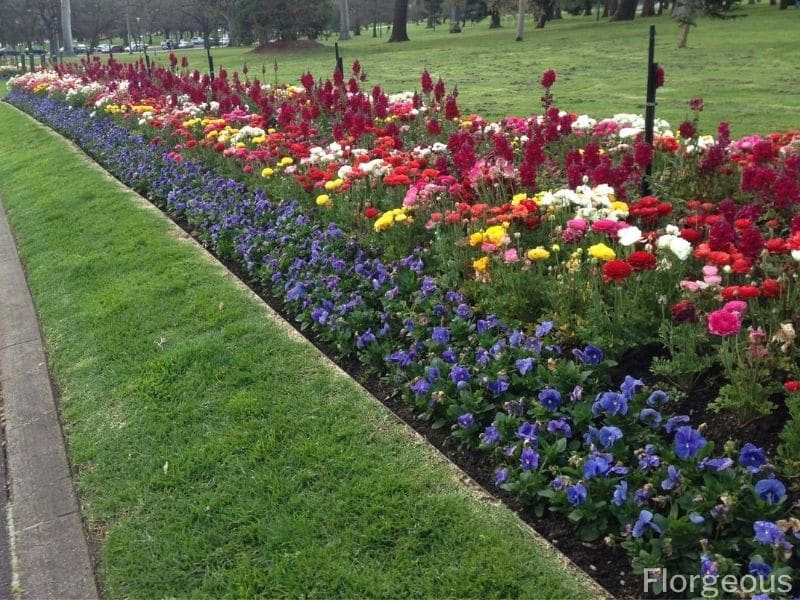
A third option – albeit one that is discussed less frequently – is a biennial. Biennials are plants that grow for two seasons but don’t bloom until the second year.
After the second season, these biennial plants drop seeds. Your garden will be able to rebloom from a new generation—you just have to know how to stagger these seeds properly.
Although annuals can be planted at any time throughout the growing season, even during the middle of summer, perennials are best planted in the spring or fall, ideally no later than six weeks before the ground freezes.
Something else that is important to note is that some annuals are actually perennials, too—but only in warmer climates.
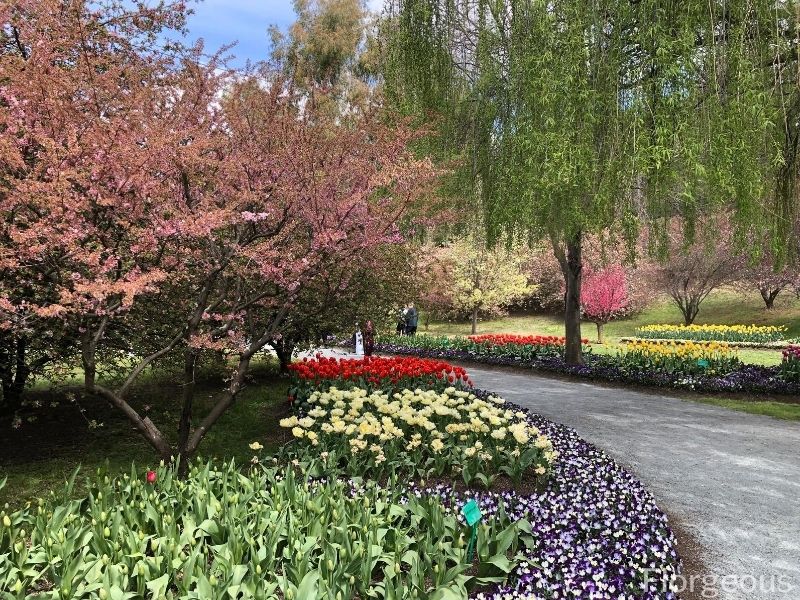
Examples of Annual Flowers vs. Perennial Flowers
Not sure where to start? Here’s a quick list of some of the most common annuals and perennials:
| Annual plants | Perennial plants |
|---|---|
| Calendula Marigolds Coleus Celosia Cosmos Geranium Nasturtium Petunias Snapdragons Sweet alyssum Wax begonias Zinnias | Daylilies Yarrow Black-eyed Susan Peonies Coneflower Stonecrop Aster Phlox Russian sage Daffodils Hellebore Bee balm Roses Daisies |
Should I plant Perennials or Annuals?
Annuals are great options when you want to take gardening one year at a time—if you aren’t sure how you want to fill your garden, growing annuals is a great way to get your feet wet.
They can also temporarily fill in bare spots or containers, helping to add a splash of color when necessary. Most annuals tend to offer more blooms than herbaceous perennials, too.
Perennials, on the other hand, are good long term investments. If you know exactly how you want your garden to look ten years from now, perennials are smart. Although they cost more initially, they will come back every year.
Perennials tend to require less water and care once they are stained making them a good choice for drought-prone areas.
Finally, planting perennials that are native to your region is smart, since they’ll welcome local wildlife and pollinators.
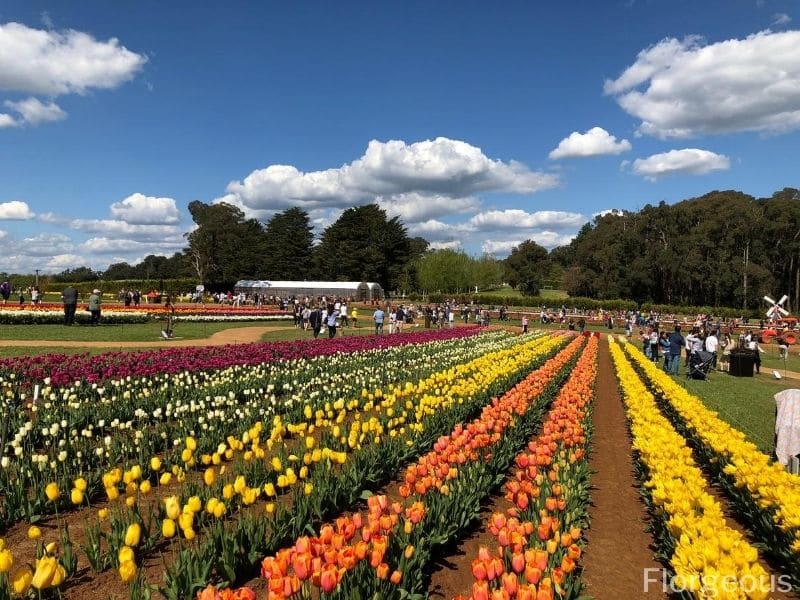
Tips for Planting Annuals vs. Perennials
There are several ways you can maximize your garden plantings regardless of the types of flowering plants you choose to grow.
For starters, don’t be afraid to mix it up. You don’t have to dedicate yourself solely to just annuals or just perennials. Instead, consider growing a variety of plants so you will have long-lasting beauty and blooms as well as habitat for essential pollinators.
You may need to give your plants some help when they’re first getting established, too. Consider watering deeply after you plant, particularly during dry spells. Mulching to preserve moisture and repel weeds can help, too.
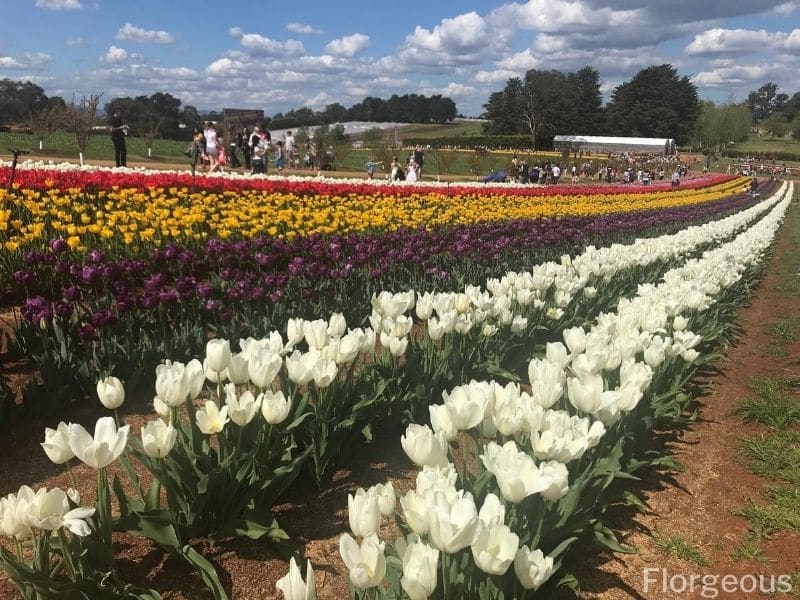
How to Help Your Flowers Last Longer
Unfortunately, if you’re growing annual flowers, there isn’t much you can do to help them live forever. They will die back eventually when the season comes to a close. That said, there are a few tips you can follow to help your flowers last longer.
In addition to following proper watering and mulching tips, as mentioned above, it’s imperative that you pick the right spot for your blooms. Be sure to read the label on your plants before you put them in the ground (or in containers).
In most cases, your plants will need full sun (at least six to eight hours of sunlight each day) in order to thrive—but there are some plants that thrive in partial shade or full shade, too.
Be patient. Some perennials will be beautiful during the first season, but, for the most part, it’s going to take more time for your perennials to really kick off—often, up to three growing seasons.
And finally, after each growing season, take the time to give your garden the TLC it deserves. You may need to divide your perennials to encourage them to grow elsewhere and you might have to report annuals growing in containers to extend their bloom time for the year.
Whatever the case may be, understanding the difference between perennial and annual plants is the best way to enhance the beauty of your garden beds—and to make it last a lifetime, too.
FAQs
Is Rose annual or perennial?
Roses can be either annual or perennial, depending on the variety. Most garden roses are perennial, meaning they live for multiple years with proper care and can bloom year after year.
What is a biennial plant?
A biennial plant is one that completes its life cycle in two years. In the first year, biennials typically grow foliage, and in the second year, they produce flowers, set seeds, and then die.
Are lilies perennials?
Yes, Lilies are typically perennial plants, meaning they return year after year from the same root system. They may go dormant during certain seasons but will regrow and bloom again under suitable conditions.
Are daffodils perennial?
Yes, Daffodils are also perennial plants. They come back year after year from underground bulbs, usually blooming in the spring.
What is the most popular perennial plant?
Some commonly favored perennial plants include daylilies, hostas, coneflowers, and lavender, among others. These plants are valued for their beauty, ease of care, and ability to return reliably year after year.

